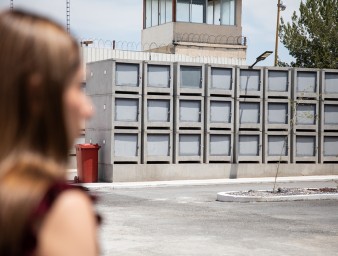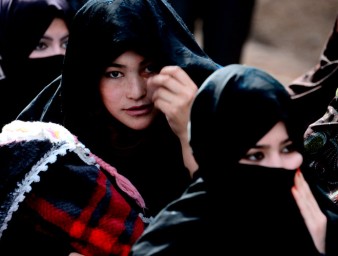Global security at stake: Transparency and accountability are crucial in drone warfare
26 November 2013

Two UN independent experts, Christof Heyns, Special Rapporteur on extrajudicial, summary or arbitrary executions, and Ben Emmerson, Special Rapporteur on the promotion and protection of human rights while countering terrorism agree that armed drones are here to stay and that the international community must, without delay, agree what the legal boundaries should be governing their deployment and use. In reports to the UN General Assembly, both Rapporteurs stress the importance of transparency and accountability in drone warfare.
Heyns could not be more clear: drones, he says, are likely to become easier and cheaper to use and therefore more accessible. “Peace should be the norm… [however] the expansive use of armed drones… if not challenged, can do structural damage to the cornerstones of international security and set precedents that undermine the protection of life across the globe in the longer term,” he warns. He stresses that the international legal framework regarding the use of any lethal force, including through armed drones, is already established, and rather needs a diligent and holistic application.
Emmerson, examined countries in which armed drones have and continue to be deployed and concludes that “if used in strict compliance with the principles of humanitarian law, including necessity, distinction and proportionality, they can reduce the risk of civilian casualties by significantly improving overall situational awareness.”
However, Emmerson finds there is an “accountability vacuum” and he says, “In any case in which civilians have been, or appear to have been killed, the State responsible is under an obligation to conduct a prompt, independent and impartial fact-finding inquiry and to provide a detailed public explanation.”
“Drones, it can safely be said, are here to stay”, according to Heyns, who says their principal advantage is their capacity to identify and deploy deadly force against a target a great distance away. The argument that drones can reduce civilian casualties is valid, but, he said, carries an inherent risk that the “domestic constraints – political and otherwise – may be less restrictive than [for] the deployment of other types of armed forces.”
Emmerson details the principal areas of legal controversy, including the right to anticipatory self-defence, which generally allows that force can be used if an attack is imminent. The Special Rapporteur points out, however, that the threshold for determining just how imminent an attack might be is the subject of dispute.
Drawing attention to the prohibition of arbitrary killing under international human rights law, Emmerson says use of deadly force is permitted only in “the most exceptional of circumstances”.
Heyns concurs that States which allow drones to be used on their territory must also take into account that they cannot consent to violations of the right to life, or any other human rights violations.
Ultimately, Heyns says he is concerned that the growing popularity of the “drones-only” approach may change what has been a fundamentally negative view of war. He foresees a situation where the search for peaceful ways of resolving disputes will become less important. “It is widely recognized that all wars must come to an end,” Heyns says. “However, in practice an over-reliance on drones… may lead to long, drawn out and low intensity conflicts that know few geographical boundaries.
26 November 2013




